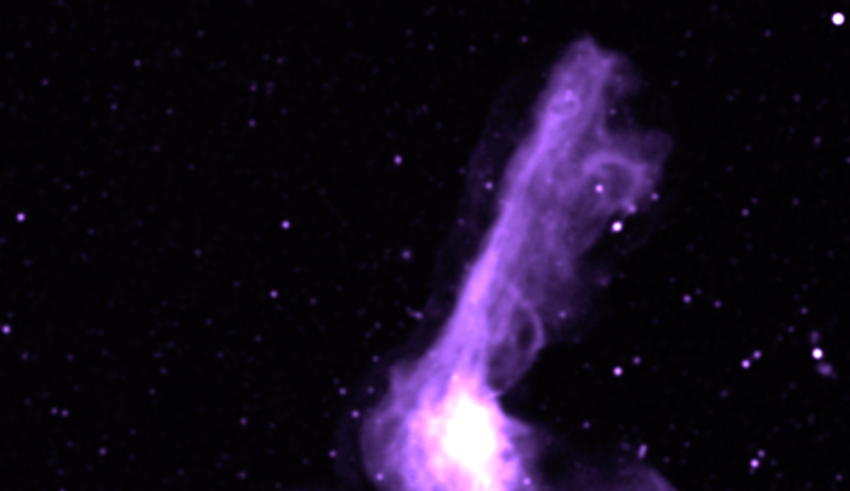
A UK team of astronomers found an ultramassive black hole, an object over 30 billion times the mass of our Sun, in the foreground galaxy – a scale rarely seen by astronomers.

Observations of supermassive black holes at the centres of galaxies point to a likely source of dark energy - the "missing" 70% of the Universe.

Australian astronomers have discovered one of the biggest black hole jets in the sky. Spanning more than a million light years from end to end, the jet shoots away from a black hole with enormous energy, and at almost the speed of light.

Scientists have proved that the source of high-energy neutrinos is a special kind of supermassive black holes called blazars.

Located in the bright constellation of Centaurus, this luminous cosmic beast is more than 500 times larger than the supermassive black hole at the centre of our own galaxy.

The international team find that rather than the conventional formation scenarios involving 'normal' matter, supermassive black holes could instead form directly from dark matter in high density regions in the centres of galaxies.

Recently The Low Frequency Array released the first data on its sky survey. They have only mapped 4% of the northern sky so far, but have already mapped 25,000 supermassive black holes.

It is thought that the upper mass limit for galactic black holes is around 100 billion solar masses, but new research suggests the mass limit could be much higher - more than a million times greater than the largest galactic black holes.

Astronomers have found six galaxies lying around a supermassive black hole when the Universe was less than a billion years old. This is the first time such a close grouping has been seen so soon after the Big Bang.

The 2020 Nobel Prize in Physics was awarded to Sir Roger Penrose and to Reinhard Genzel and Andrea Ghez for their discovery of the supermassive black hole at the Center of the Milky Way.

The black hole’s mass is about 8,000 times bigger than the black hole in the centre of the Milky Way. If the Milky Way’s black hole wanted to grow that fat, it would have to swallow two thirds of all the stars in our galaxy.

Supermassive black holes are gravitational powerhouses. When hot gas surrounding them is squeezed by gravity and electromagnetic fields, it can emit tremendous amounts of energy, including high-energy neutrinos.

The prominent X-shape of PKS 2014-55 is made up of two pairs of giant lobes consisting of hot jets of electrons. These jets spurt outwards from a supermassive black hole at the galaxy's heart.

The biggest explosion seen in the universe has been found. This record-breaking, gargantuan eruption came from a black hole in a distant galaxy cluster hundreds of millions of light years away.

Astronomers have found six objects orbiting Sagittarius A* that are unlike anything in the galaxy. These objects look like gas but behave like stars. They are so peculiar that they have been assigned a brand-new class - what astronomers are calling G objects.